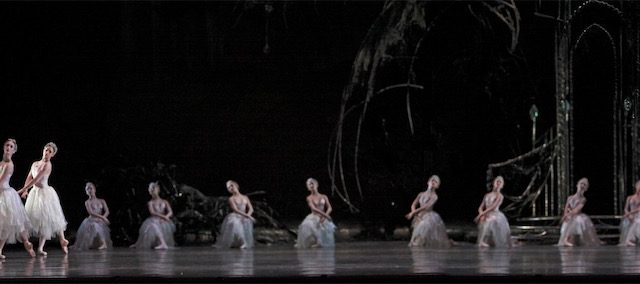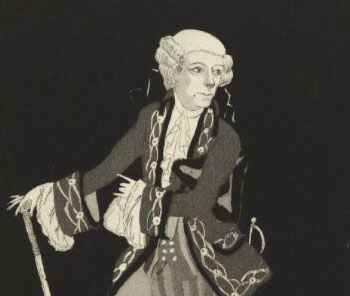Curator of Popular Entertainment Catherine Haill gives us a brief history of one of the jewels in the crown of the V&A Theatre and Performance collections.
The D’Oyly Carte Archive is one of the most significant archives in the world relating to the operas of W.S. Gilbert (1836-1911) and Arthur Sullivan (1842-1900) and their production and management by Richard D’Oyly Carte (1844-1901). Given to the V&A by Dame Bridget D’Oyly Carte (1908-1985), the grand-daughter of Richard D’Oyly Carte, it includes prompt scripts, correspondence, photographs, costume and set designs, legal documents, business books, cuttings albums, music sheets and related ephemera and objects concerning D’Oyly Carte’s production of operas by Gilbert and Sullivan and other composers and librettists, and his general business affairs.
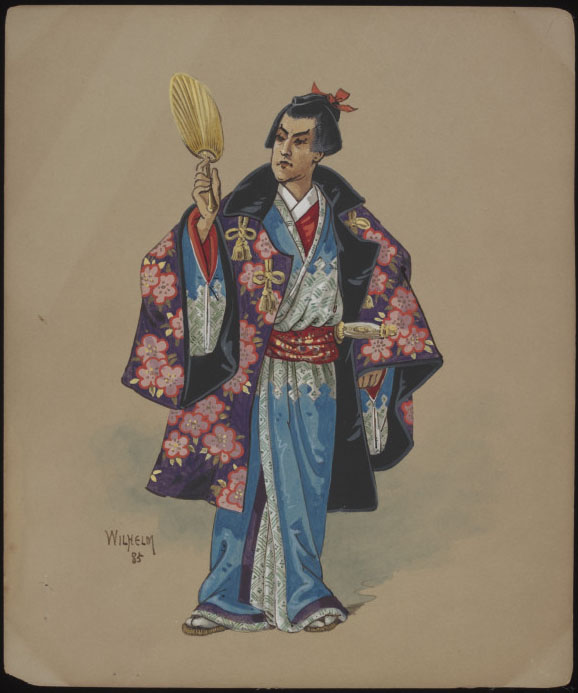
Born in London Richard D’Oyly Carte was a musician who started his career working in his father’s music publishing and instrument manufacturing business, and had his own operatic and concert agency by 1874. It was as the manager of the Royalty Theatre in 1875 though that D’Oyly Carte began his association with Gilbert and Sullivan, commissioning Trial by Jury from them for the theatre, having seen their first work Thespis, or the Gods Grown Old at the Gaiety Theatre in 1871.
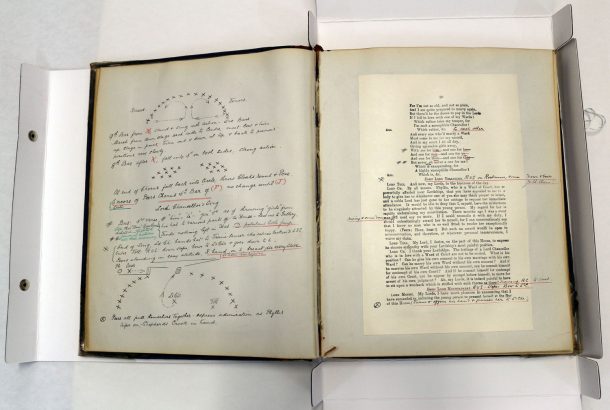
Without D’Oyly Carte’s diplomacy, tact, business acumen and financial skill it is doubtful whether the collaboration of Gilbert and Sullivan could have started again after Thespis, or lasted so long. Without the brilliance of the operas, D’Oyly Carte would not have been able to build the Savoy Theatre in 1881 to stage their hugely successful works, or the Savoy Hotel he built on the adjacent site in 1888, or the Royal English Opera House, now the Palace Theatre that he opened in 1891. The collaboration of the three men resulted in worldwide success, the foundation of a British style of comic opera, and a remarkable archive that is catalogued online and can be consulted by appointment at the archives of the V&A’s Department of Theatre & Performance.
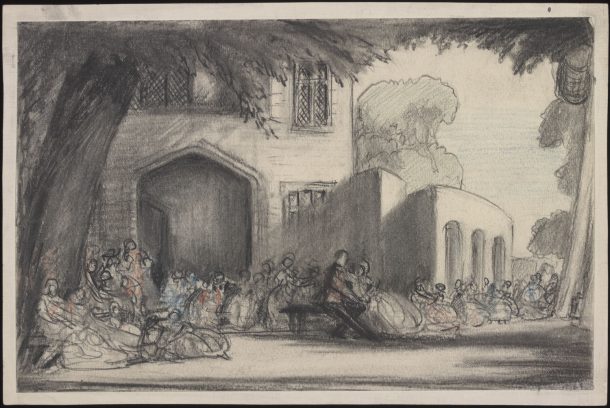
The catalogue for the D’Oyly Carte Archive is available here
See more digitised images of objects from the D’Oyly Carte Archive here
Read more about the process of cataloguing the D’Oyly Carte Archive here
